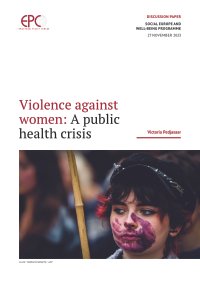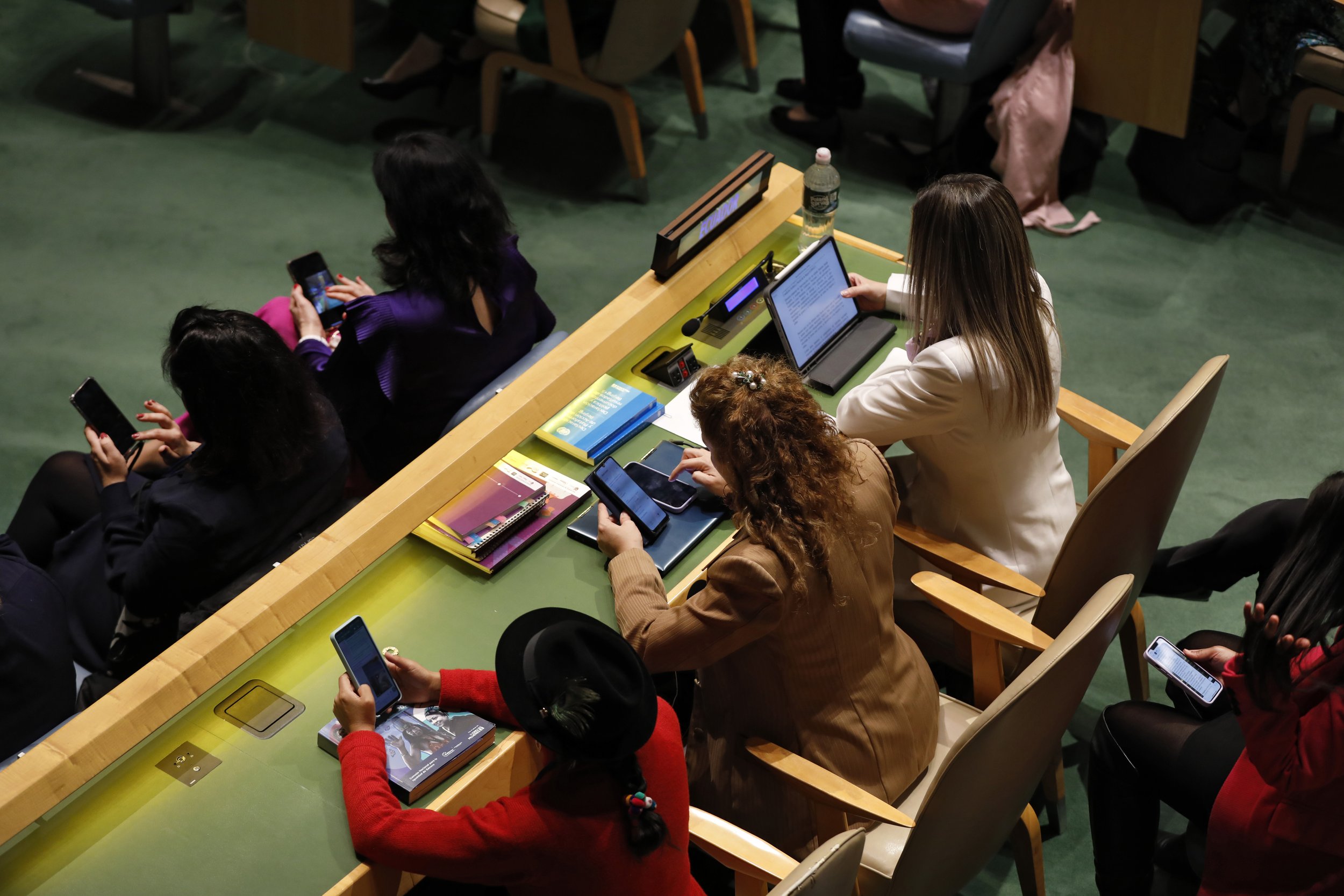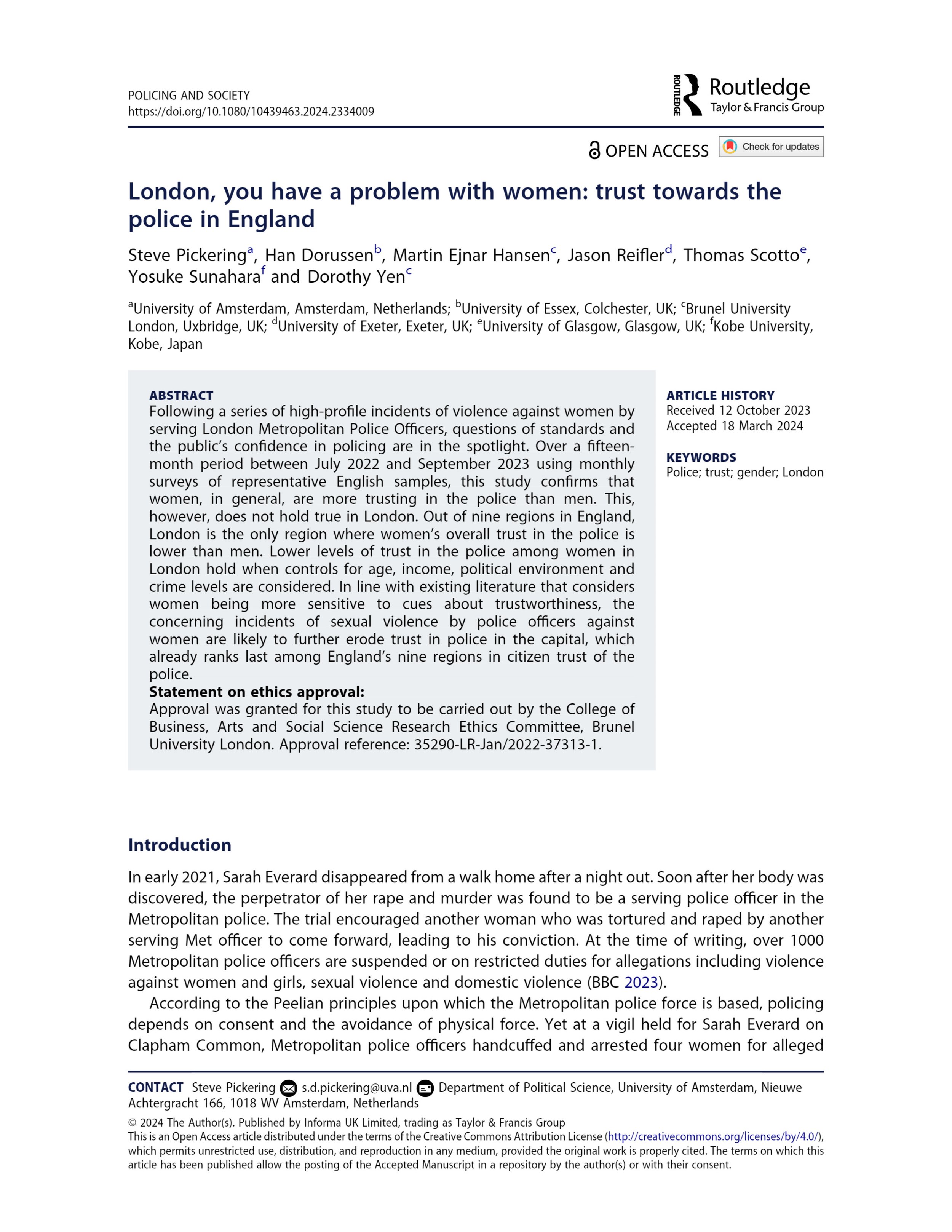By Joel Koh, Vanessa Rose, Gayatri Kembhavi-Tam, Rebecca Featherston, Aron Shlonsky
The Royal Commission into Violence, Abuse, Neglect and Exploitation of People with Disability was established in April 2019 in response to community concern about widespread reports of violence against, and neglect, abuse and exploitation1 of, people with disability. This rapid review – undertaken by the Centre for Evidence and Implementation in partnership with Monash University – reviews evidence that describes experiences of violence, abuse, neglect and exploitation, with the aim of preventing this from occurring, and better supporting people with disability. We had two key review questions: • What are the risk and protective factors associated with violence, abuse, neglect and exploitation of people with disabilities from birth to 65 years? • What is the nature of violence, abuse, neglect and exploitation experienced by people with disabilities from birth to 65 years? The scope of the review was limited to avoid overlap with the Aged Care Royal Commission and to reflect contemporary disability policy and legislation within four Commonwealth Western Industrialised countries with similar economic, political and legal systems. We used a rigorous and systematic process to identify 168 papers in the peer reviewed literature: 60 publications focused on risk and protective factors and 109 publications focused on the nature and experience of violence against, abuse, neglect and exploitation of people with disability (and one publication focused on both of these topics). Evidence from studies focused on risk and protect factors related to violence against, abuse, neglect and exploitation of people with disability suggest: • Having a disability increases the risk of experiencing violence, abuse, and neglect. The overarching finding across almost all studies was that people with disabilities were more likely to have experienced all types of violence, abuse, neglect and exploitation when compared to people without disabilities. • Being a female with a disability increases the risk of experiencing violence and abuse. This includes studies focused on violence, violent crime or victimisation, intimate partner or gender-based violence, sexual abuse and physical abuse. • The reported risk factors are limited, primarily focussed at the individual level, and static. There was a focus more on individual and static (usually unchanging) risk factors, such as disability status or gender and little attention to different types disability, groups or intersectionality.
Royal Commission into Violence, Abuse, Neglect and Exploitation of People with a Disability. 2021, 81pg





















